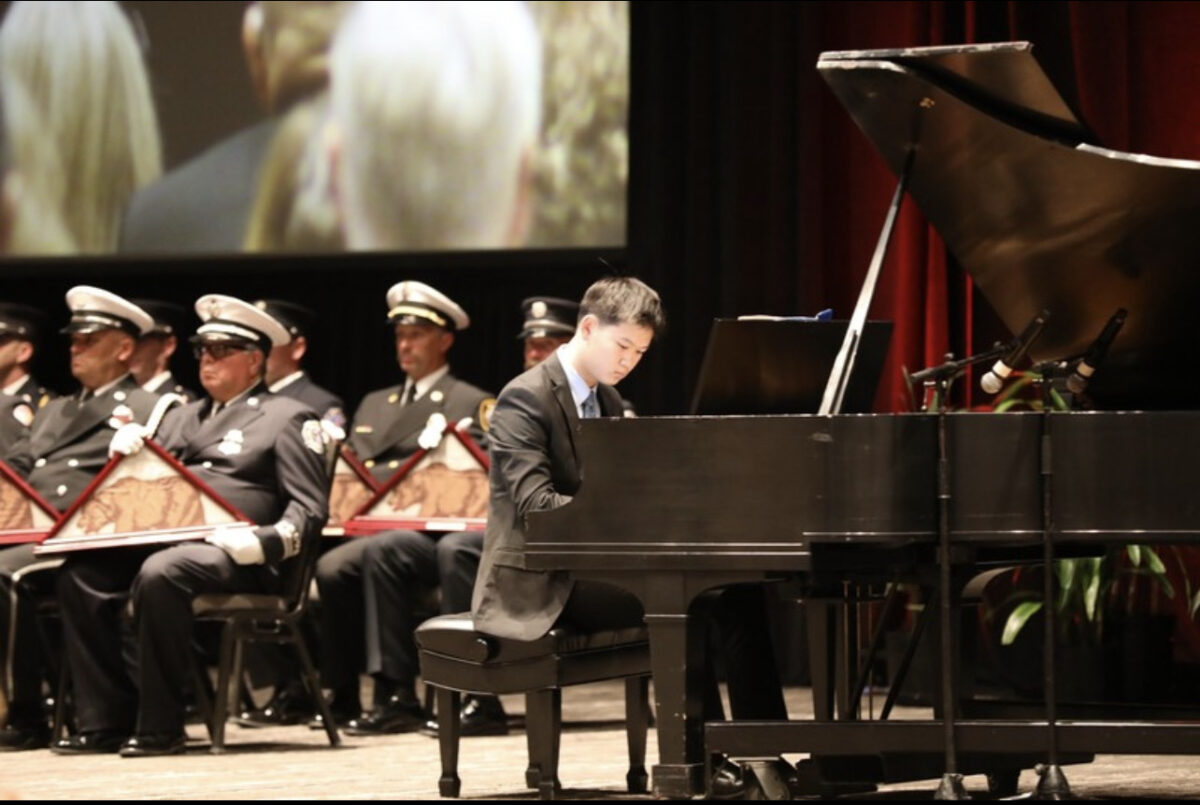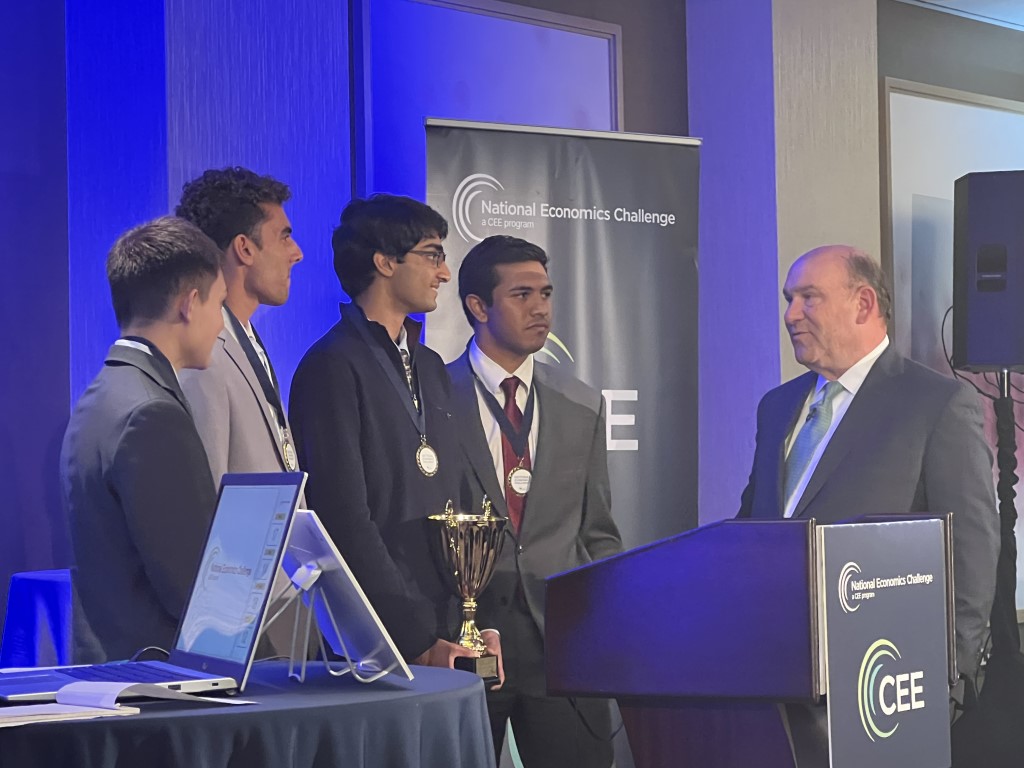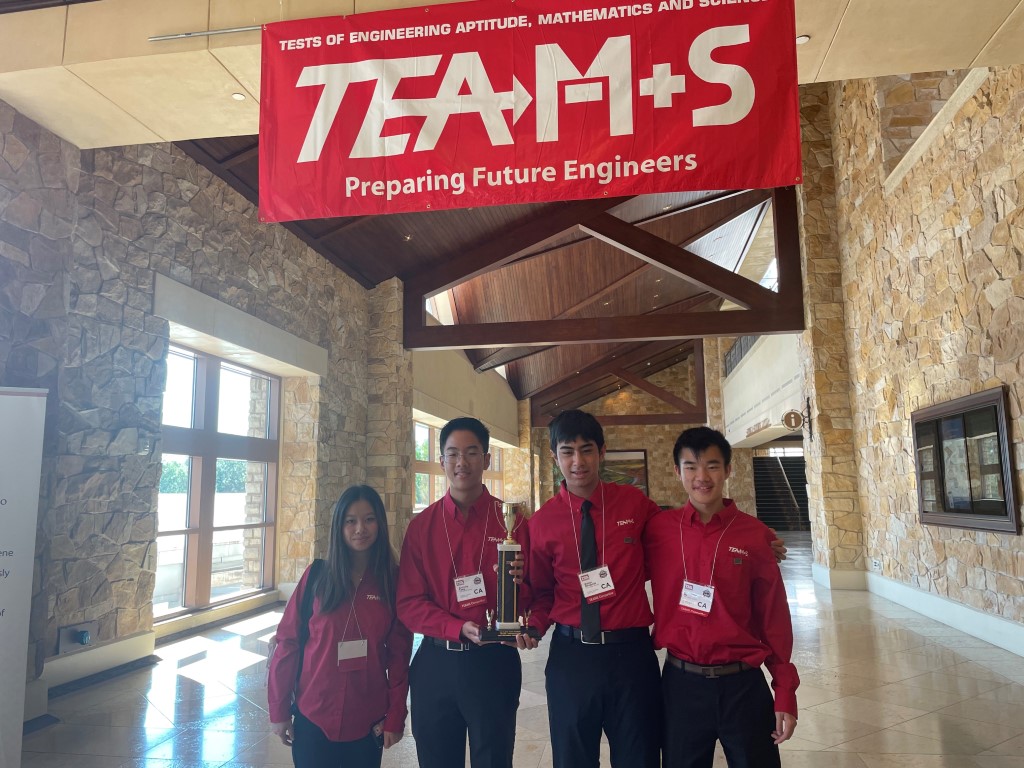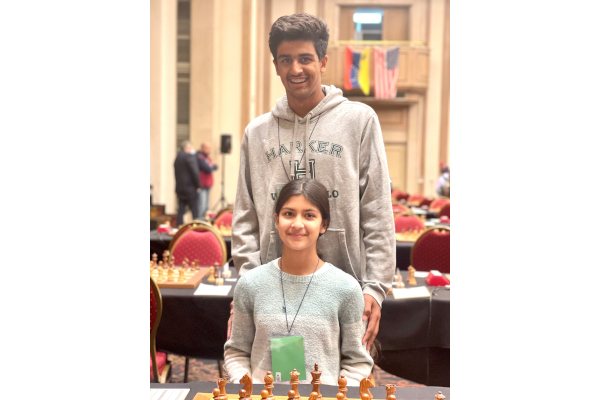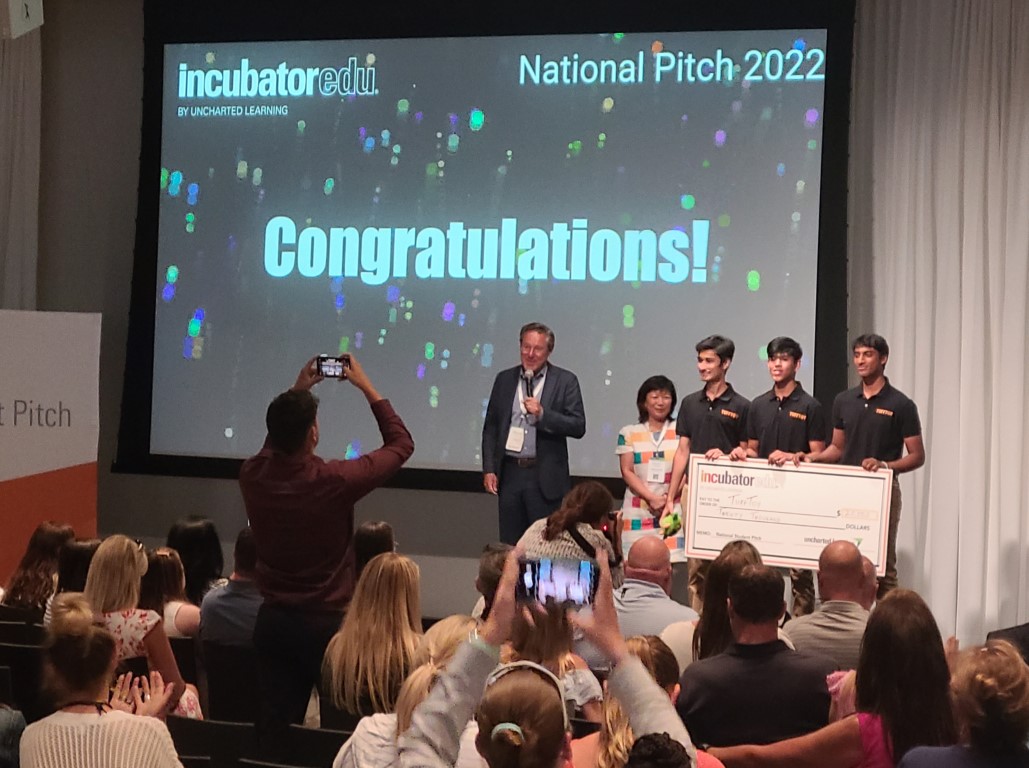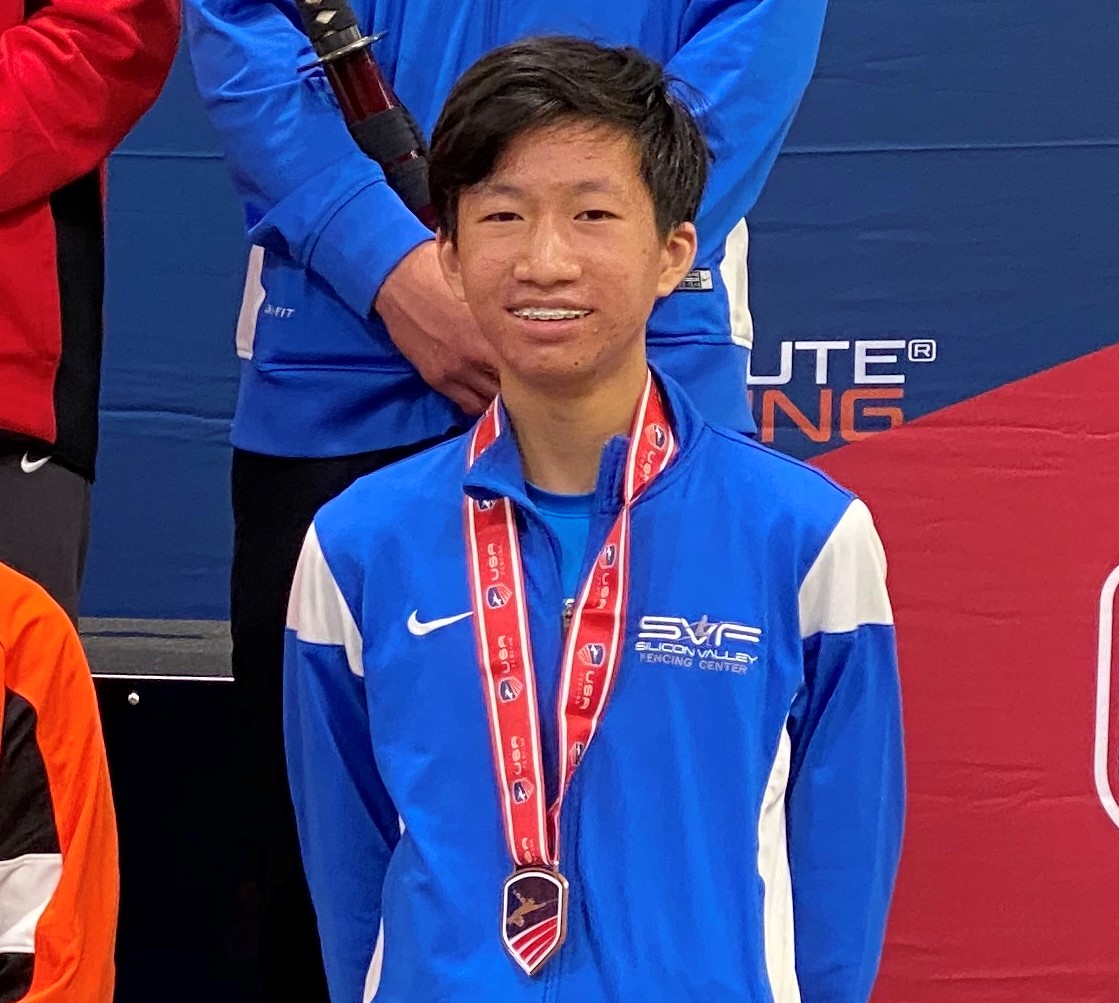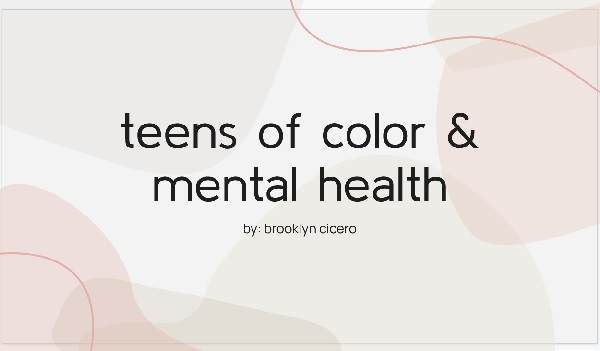Last month, Harker junior and pianist Nathan Liu performed at a special benefit concert for fallen firefighters.
Upper School
2022 grads’ team wins Int’l Economics Olympiad
2022 graduates Zach Clark, Harsh Deep, Shahzeb Lakhani and Rohan Thakur collected another major win at the International Economics Olympiad, held last week in China.
Harker places high in TEAMS national competition
The team of Alex Hu ’22 and rising seniors Rohan Bhowmik, Anthony Tong and team captain Sabrina Zhu performed admirably at the finals of the 2022 Tests of Engineering, Aptitude, Mathematics and Science (TEAMS) Competition, which took place in late June in Dallas.
Kudos: Sibling chess competitors each win gold, help USA take first place
Chess enthusiasts Vyom Vidyarthi, rising sophomore, and Omya Vidyarthi, rising seventh grader, each won gold medals at the Pan American Youth Chess Championship, held June 25-July 8 in Montevideo, Uruguay.
Student-run business TuffToy wins National Pitch Competition
Harker rising seniors Rohan Gorti, Arin Jain and Zubin Khera won the top prize of $20,000 in the 2022 INCubatoredu National Pitch Competition.
Rising sophomore fencer turns in strong performance
Rising sophomore Ethan Wang took fifth place out 184 competitors in the men’s division III foil competition at the USA Fencing National Championships and July Challenge in Minneapolis
[UPDATED] 2022 National Merit winner count totals 13
Seniors Cady Chen, Irene Yuan and Emily Zhou were among the first round of 2022 National Merit Scholars.
Recent graduate featured in Global Online Academy’s Catalyst Exhibition
Students named finalists in National Pitch Competition
[UPDATED] Harker wins National Economics Challenge, becomes int’l champion
Zach Clark, Harsh Deep, Shahzeb Lakhani and Rohan Thakur will trek to New York City in June for the final stage of this year’s competition as one of the final four teams.
